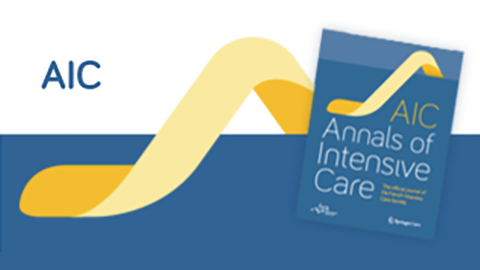22/07/2021


Source
Abstract
Background
A cytokine storm is life threatening for critically ill patients and is mainly caused by sepsis or severe trauma. In combination with supportive therapy, the cytokine adsorber Cytosorb^® (CS) is increasingly used for the treatment of cytokine storm. However, it is questionable whether its use is actually beneficial in these patientsMethods
Patients with an interleukin-6 (IL-6) > 10,000 pg/ml were retrospectively included between October 2014 and May 2020 and were divided into two groups (group 1: CS therapy; group 2: no CS therapy). Inclusion criteria were a regularly measured IL-6 and, for patients allocated to group 1, CS therapy for at least 90 min. A propensity score (PS) matching analysis with significant baseline differences as predictors (Simplified Acute Physiology Score (SAPS) II, extracorporeal membrane oxygenation, renal replacement therapy, IL-6, lactate and norepinephrine demand) was performed to compare both groups (adjustment tolerance: < 0.05; standardization tolerance: < 10%). U -test and Fisher’s-test were used for independent variables and the Wilcoxon test was used for dependent variablesResults
In total, 143 patients were included in the initial evaluation (group 1: 38; group 2: 105). Nineteen comparable pairings could be formed (mean initial IL-6: 58,385 vs. 59,812 pg/ml; mean SAPS II: 77 vs. 75). There was a significant reduction in IL-6 in patients with ( p < 0.001) and without CS treatment ( p = 0.005). However, there was no significant difference ( p = 0.708) in the median relative reduction in both groups (89% vs. 80%). Furthermore, there was no significant difference in the relative change in C-reactive protein, lactate, or norepinephrine demand in either group and the in-hospital mortality was similar between groups (73.7%). Conclusion Our study showed no difference in IL-6 reduction, hemodynamic stabilization, or mortality in patients with Cytosorb^® treatment compared to a matched patient population.Liens article
©2021 The Author(s)